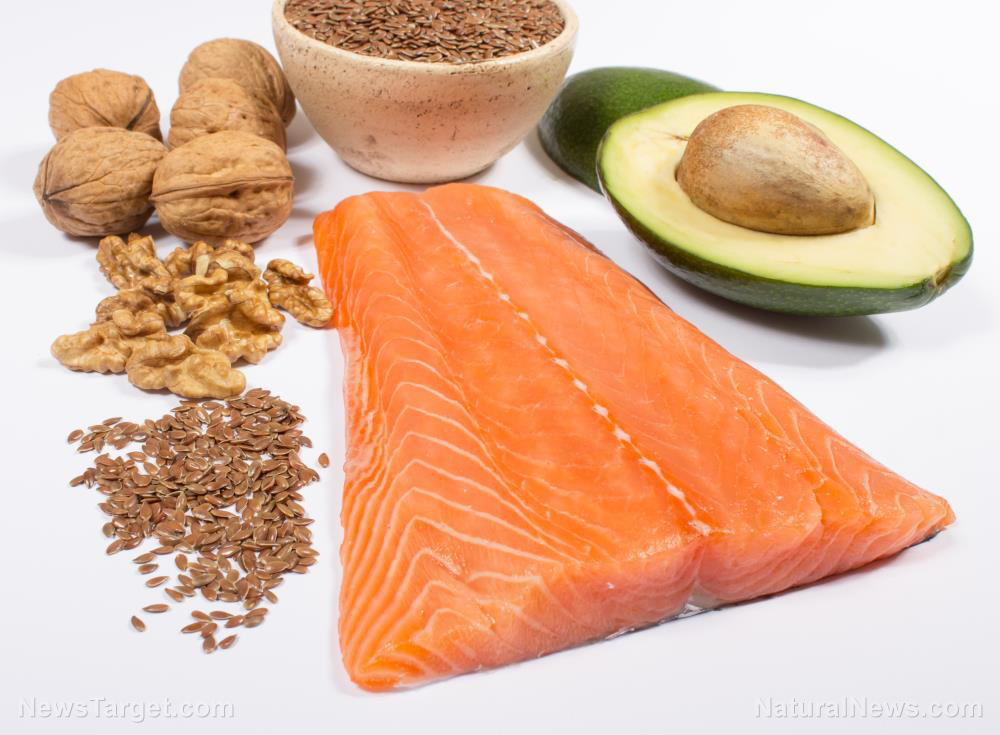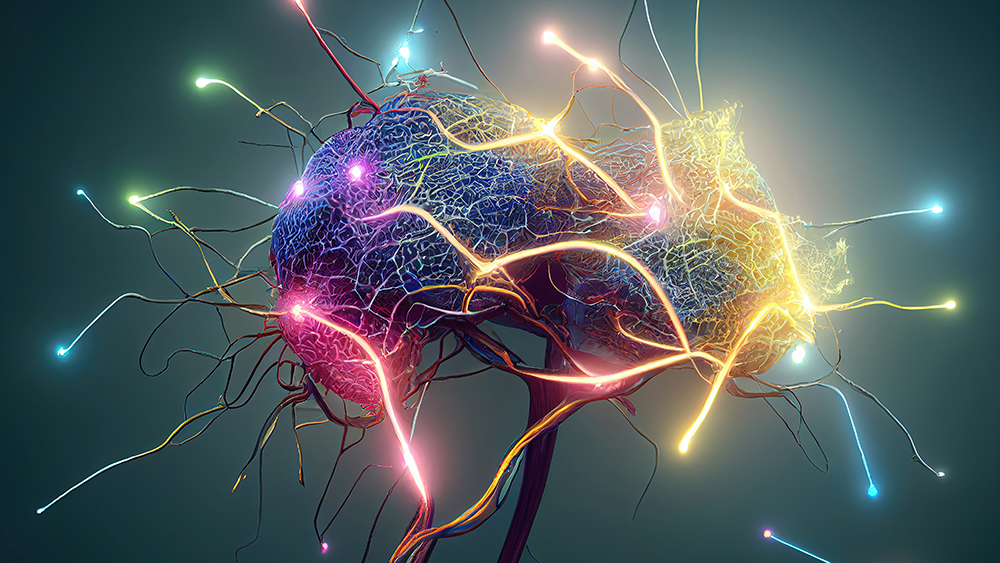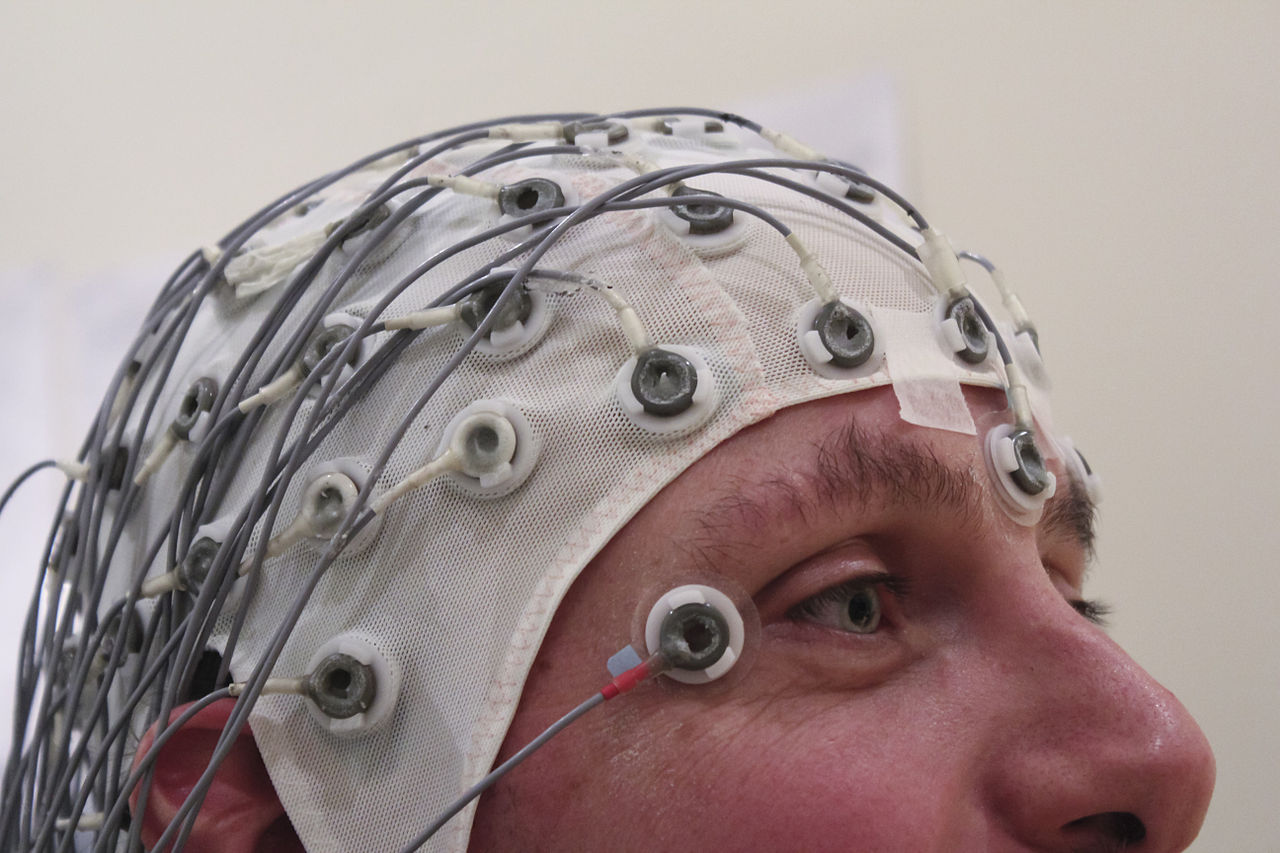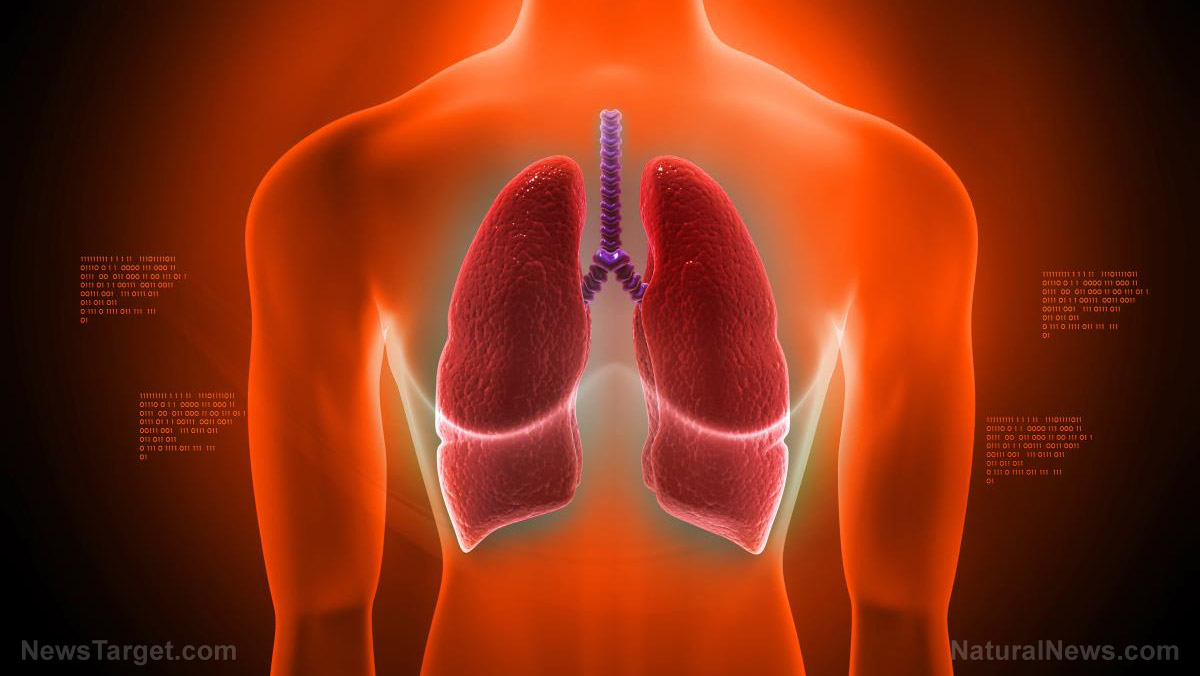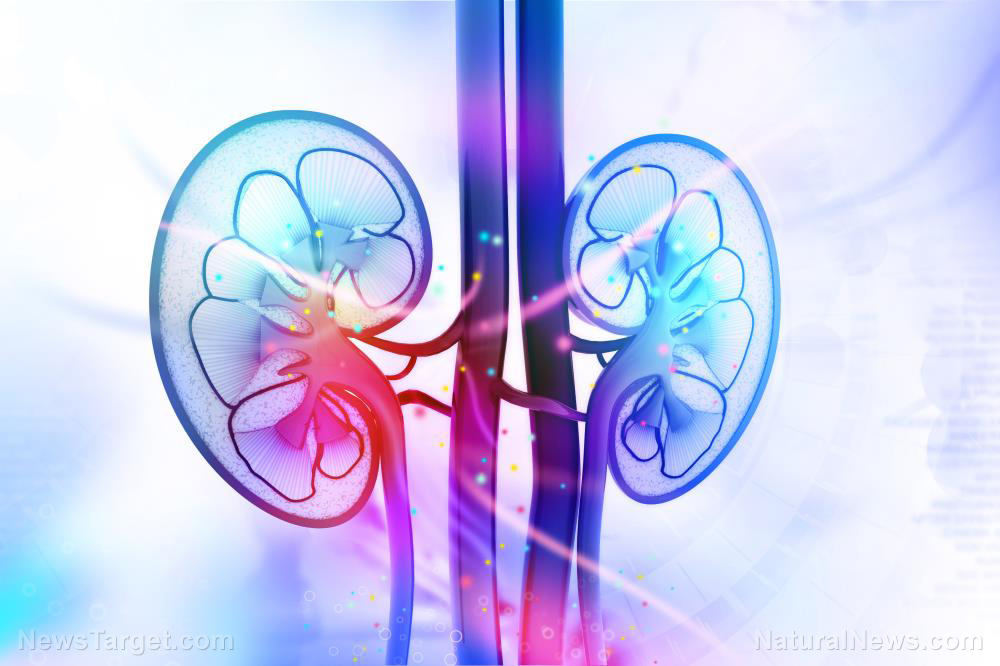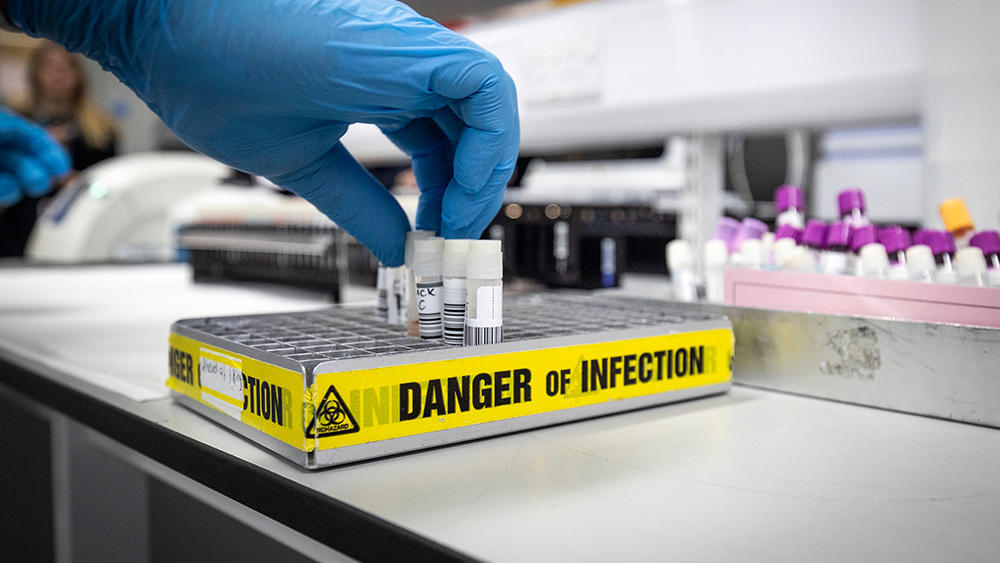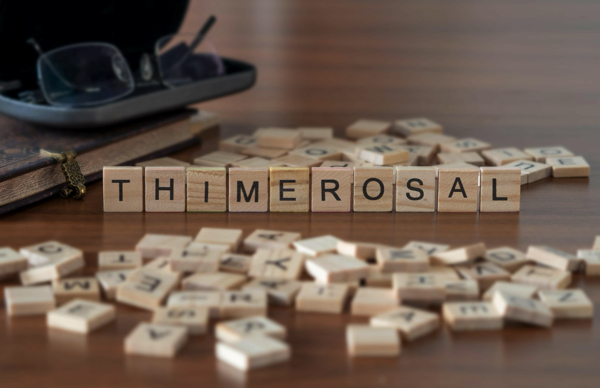Beyond digestion: How fiber fuels your body’s cellular powerhouses
11/09/2025 / By Patrick Lewis

- Fiber does more than aid digestion—it plays a vital role in keeping mitochondria, the energy-producing “powerhouses” of cells, functioning efficiently.
- Healthy mitochondria support energy, focus and resilience, while poorly functioning ones can contribute to fatigue, brain fog and inflammation.
- Gut bacteria convert fiber into butyrate, a compound that fuels gut mitochondria, strengthens the intestinal barrier and protects against inflammation and disease.
- Low fiber intake weakens the gut barrier and reduces butyrate production, allowing toxins and inflammatory molecules to enter the bloodstream.
- Eating diverse, plant-based fibers and resistant starches—and pairing them with protein and antioxidant-rich foods—nourishes gut bacteria, boosts butyrate levels and strengthens mitochondria for long-term health and vitality.
When most people think about fiber, they picture its role in digestion—keeping things moving smoothly through the gut. But according to Stanford professor and protein chemist Daria Mochly-Rosen, Ph.D., fiber’s benefits go far beyond the digestive tract. In a recent episode of the “mindbodygreen” podcast, Mochly-Rosen noted that fiber also plays a crucial role in keeping our mitochondria—the “powerhouses” of our cells—working efficiently.
Mitochondria do much more than generate energy; they regulate how our cells communicate, repair and respond to stress. When these tiny organelles are functioning optimally, we feel alert, energized and resilient. When they’re struggling, the effects are hard to miss: fatigue, brain fog and inflammation often follow. And surprisingly, what we feed our gut microbiome has everything to do with how well our mitochondria perform.
As per BrightU.AI‘s Enoch, mitochondria play a crucial role in digestion through their involvement in the breakdown of nutrients and the production of energy. Specifically, they facilitate the process of beta-oxidation, which breaks down fatty acids derived from digested food, and the citric acid cycle, which generates ATP (adenosine triphosphate), the body’s primary energy currency, from the breakdown of carbohydrates and proteins.mi
The connection lies in a compound called butyrate, a short-chain fatty acid produced when gut bacteria break down dietary fiber. “When we eat enough fiber, we feed the bacteria living in our gut,” Mochly-Rosen explained. “They convert it into a compound called butyrate, which directly nourishes the mitochondria in the lining of the gut.” Butyrate acts like rocket fuel for intestinal cells—it helps their mitochondria generate energy efficiently and strengthens the gut barrier, a thin but vital layer that prevents harmful bacteria and toxins from entering the bloodstream.
When fiber intake is low, the body produces less butyrate, leaving gut mitochondria undernourished and the gut barrier compromised. This “leaky” state allows inflammatory molecules to slip into circulation, which can lead to chronic fatigue, systemic inflammation and even long-term disease.
How diverse fiber and smart nutrition strengthen your mitochondria
To keep your mitochondria thriving, Mochly-Rosen recommends focusing on fiber diversity. Different gut bacteria thrive on different types of fiber, so it’s best to eat a wide variety of plant-based foods such as beans, lentils, oats, berries, leafy greens, seeds and root vegetables. Most adults consume only about 15 grams of fiber per day—well below the recommended 25 grams for women and 38 grams for men. Gradually increasing intake can help the microbiome adjust and reduce bloating.
Supporting butyrate production through resistant starches—found in cooked and cooled potatoes, green bananas and oats—can also be beneficial. For those who struggle to reach their fiber goals through food alone, a high-quality supplement may help bridge the gap. Pairing fiber with protein and polyphenol-rich foods (like colorful fruits and vegetables) can further protect mitochondria by reducing oxidative stress and supporting repair.
Ultimately, mitochondria may be microscopic, but their impact on energy, immunity and long-term health is enormous. “Fiber isn’t just about digestion,” Mochly-Rosen emphasized. “It’s about supporting the bacteria that, in turn, support your mitochondria. It’s all connected.”
So the next time you build your plate, think beyond calories and macros. That extra serving of lentils or handful of raspberries isn’t just helping your gut—it’s fueling your body’s cellular engines, protecting your health and energizing you from the inside out.
Watch this video about how to get more fiber in your diet.
This video is from the Health Tips channel on Brighteon.com.
Sources include:
Submit a correction >>
Tagged Under:
#nutrition, alternative medicine, dietary fiber, digestion, food cures, food is medicine, food science, gut health, health science, heart health, longevity, mitochondria, natural cures, natural health, natural medicine, nutrients
This article may contain statements that reflect the opinion of the author





